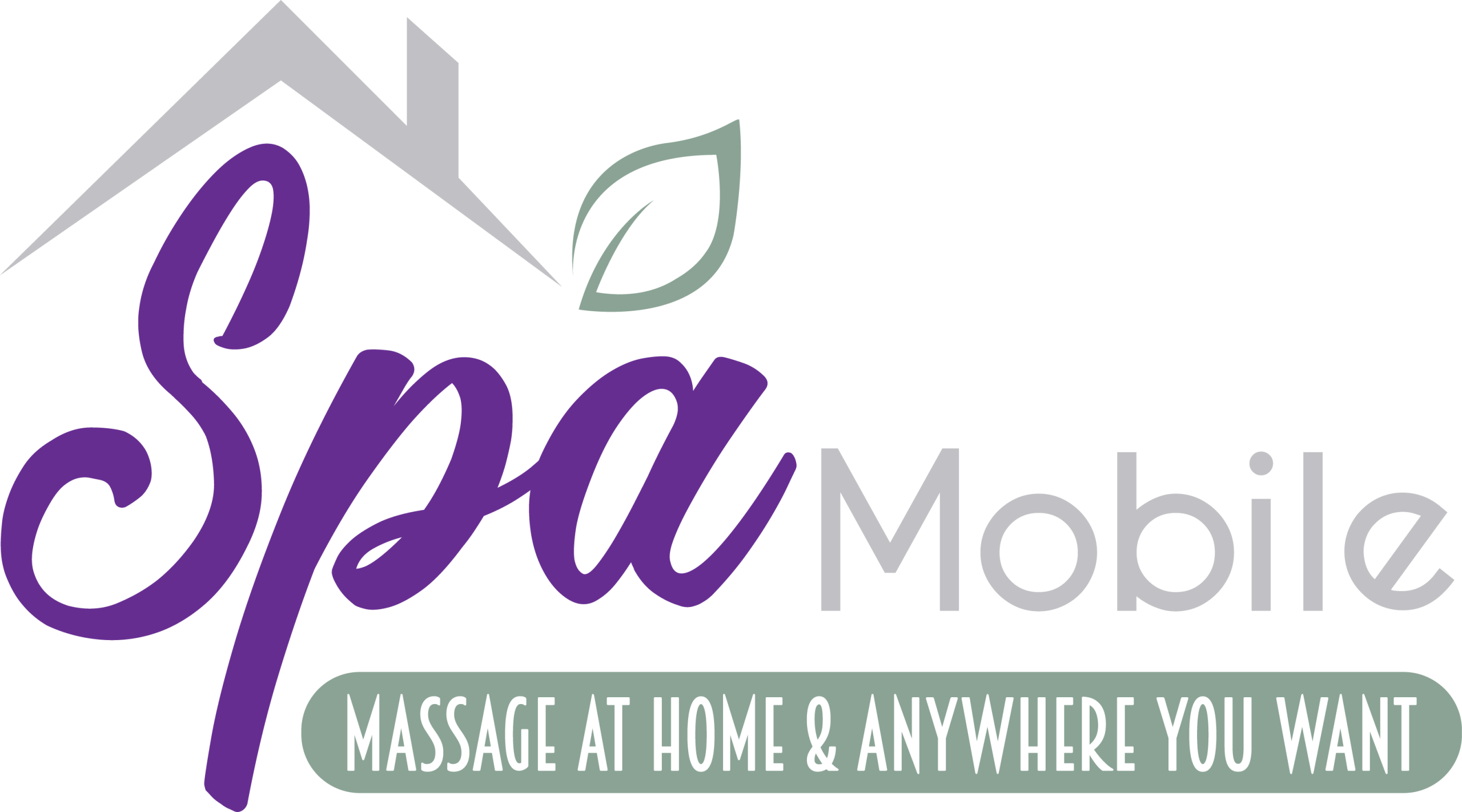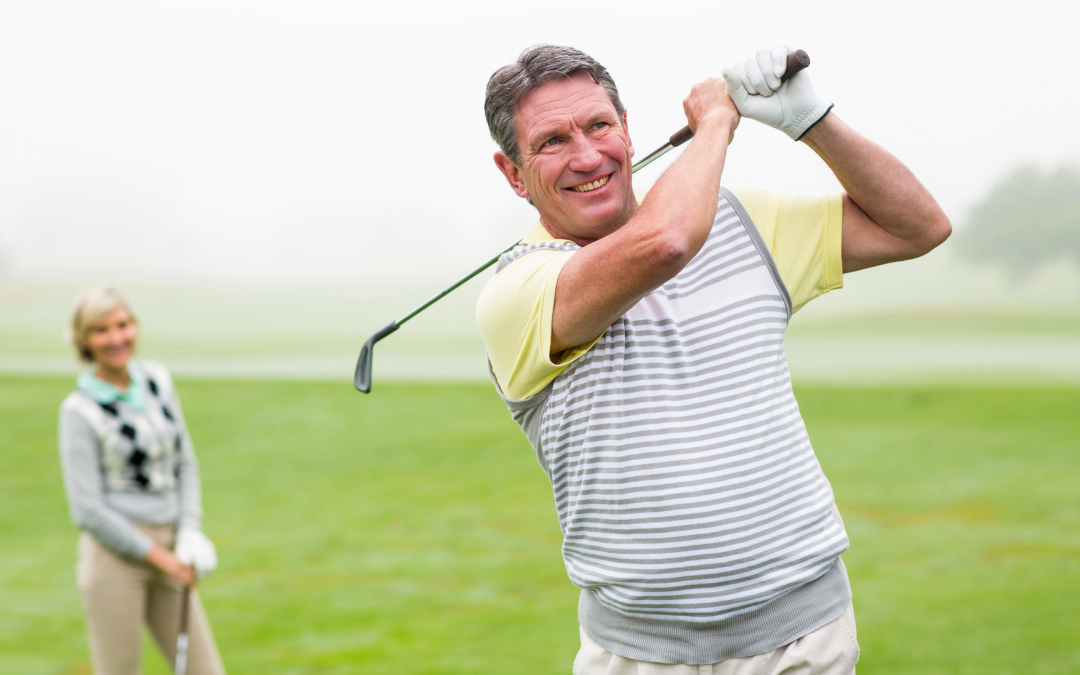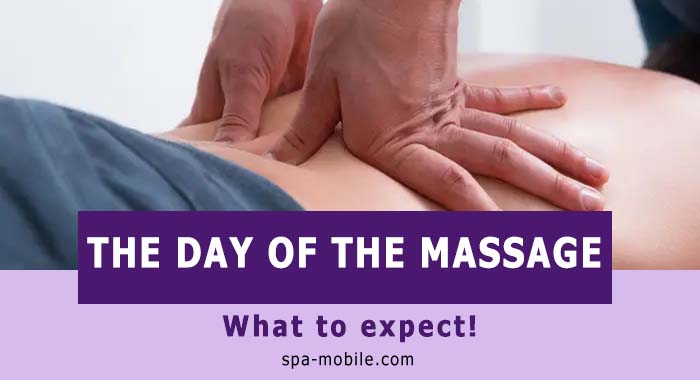- Neck Spasm
- Low Back Pain
- Wrist Tendinitis
- Hand And Finger Injuries
- Rotator Cuff Injury
- Golfer’s Elbow (Tennis Elbow)
- Hip Injuries
- Knee Pain
- Massage: The Most Effective Pain-Killer
- Improvements In Flexibility
- Corrects Your Posture
- Improves Blood Circulation
- Fortifies Muscles And Prevents Injuries
- An Effective Treatment Modality For Sports (Golf) Injuries
- Neck Spasms
- Low Back Pain
- Yips/Hand/Wrist Pain
- Rotator Cuff Injury
- Golfer’s Elbow
- It Is Convenient
- It Is Time And Money-Saving
- Gives Business To The Golf Club Owners
- Proof Of Massage For Golfers’ Efficacy
- Rest
- Hot/Cold Therapy
- Physical Therapy/Chiropractor
- Medications
- Steroids
Swinging your club in the breeze of spring is surely a refreshing activity. However, the apparently benign game can take a toll on your body. Amateur players are overly enthusiastic about achieving unrealistic feats that put them at a greater risk of injuries. In addition to enhancing your game performance, massage for golfers can bring about the ultimate calmness and serenity.
Not just the newbies but the avid veterans face different aches after a game of golf. Therefore, sports massage for golfers is a good idea. Right?
Most Common Injuries In Golfers
The most common injuries entailed with golf include:
Neck Spasm
Golfers may experience neck sprains and spasms. A prolonged game of golf involving swinging the club and hitting the ball can pull your upper back muscles. This is especially true for new players unaware of the proper postures.
Different types of neck disorders are identified in golfers, which include:
- Muscle strains
- Degenerative arthritis of the neck vertebrae
- Spinal stenosis
Low Back Pain
Research shows that low back pain (LBP) associated with golf ranges varies between amateurs and professionals. The incidence of LBP in amateurs is 15-34%, while the values are less for professionals, i.e. 22-24%.
This is the most common sports injury in golfers, and it can not only hinder the game but also debilitate life. A study suggests that playing golf involves significant movement during the golf swing. Repetitive “classic” swinging increases the risk of lower back pain.
Per meta-analysis, players with increased weight and body mass generally have poor body mechanics, making them more prone to developing back pain. The biomechanical factors associated with back pain include hip strength/mobility and the pelvis’s rotation trunk.
Massage for the golfer’s back might end all misery and pain!
Wrist Tendinitis
Golfers are faced with a unique muscle disorder called “yips”. Yips are characterized by a muscle spasm in the wrist whenever you try to grip and perform some chore. This is mainly seen in golfers and baseball players.
It can take different forms. For some, it is locking of the wrist, while others may feel tremors and jerks. The jerky type is the most common one. Studies have recognized yips as a joint muscle dystonia disorder in golfers.
According to a study, hand/wrist injury is golfers’ most commonly reported injury (6-37%).
Another study found that the ECU tendon (in the wrist) is a frequent cause of pain and discomfort in golfers. Therefore, hand and wrist massage can lead to pain relief and improved movement for golfers.
Hand And Finger Injuries
Golfers have to deliver a lot of forces through their hands and fingers, which are more prone to twisting and aching. Finger injuries are not very common but can still hinder a player.
Rotator Cuff Injury
Studies have shown poor biomechanics while playing puts you closer to shoulder pain. Rotator cuff injury while playing golf is common. Professionals and semi-professionals can develop this ache.
A study suggests that overusing the shoulder and poor swing mechanics are also causes of shoulder pain.
Golfer’s Elbow (Tennis Elbow)
Golfer’s elbow, also known as tennis elbow, is a condition in which pain is felt in the tendons of the forearm. The pain is usually accompanied by tenderness and inflammation. Medically, it is known as medial epicondylitis.
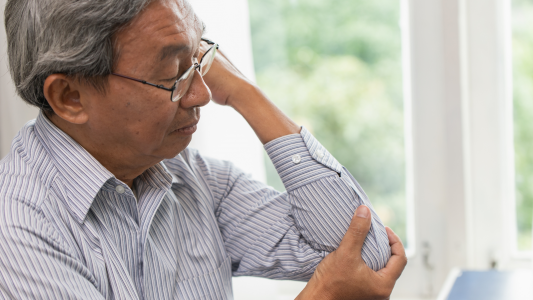
Overuse of the elbow (such as while playing golf or tennis) is the leading cause of this issue, which is also known as tennis elbow or golfer’s elbow.
Hip Injuries
According to an article published in the British Journal of Sports Medicine, golfers have a different hip morphology. During a shot (swinging the club), the lead hip (right hip for a left-handed player and vice versa) rotates rapidly while the trail hip rotates in an opposite direction. This movement makes them prone to tears (labral tears).
Knee Pain
Knee pain may also arise in professional golfers. It may be more pronounced in people with underlying degenerative diseases, such as osteoarthritis.
How To Treat Golf Injuries
There are a wide variety of methods for treating injuries caused by the game. However, the best way to treat them is by having a massage.
Massage: The Most Effective Pain-Killer
Massage is like gospel for players. Be it any sports injury; massage can magically flush out all pains, spasms, and rigidities from your muscles. The most evident benefits of a massage include:
Improvements In Flexibility
Flexibility is an important component for a player. It allows for quicker responses and better performance. An increase in range of motion and flexibility will surely improve your game. A study found that massage is a good way to increase ankle mobility.
Another study states that massage therapy decreases pain while increasing your range of motion.
Corrects Your Posture
A correct posture is pivotal for optimal game performance. A study recognized different parameters necessary for proper golf training. Posture, body rotation, and arm/wrist action are essential aspects.
Massage for golfers helps the players improve generalized and game posture as well.
Improves Blood Circulation
Massage of the upper/lower back and limbs can rejuvenate your body. This is attributed to the increase in blood flow you get post-massage therapy. The enhanced blood supply flushes out toxins and inflammation, enabling you to move pain-free and stiffness-free.
According to a study, massage therapy reduces muscle fatigue by improving blood supply.
Fortifies Muscles And Prevents Injuries
Numerous studies promote the use of massage therapy to prevent sports injuries. You might have seen assistants massaging the boxer at the end of a round. Massage is a multi-beneficial therapy that reduces pain and prevents injuries.
A study claims that massage increases the rate of recovery (from injury) by improving blood circulation. It also claims that having regular massages can decrease the risk of injuries.
Another study found that massage has biomechanical, physiological, and psychological impacts on the body that help reduce the risk of sports injuries.
An Effective Treatment Modality For Sports (Golf) Injuries
Yes! Massage is an effective treatment modality in the management of sports-related injuries. Research has justified the ancient method of deep friction massage for relieving sports injuries.
Neck Spasms
Massage therapy can be tailored to efficiently alleviate pain from a golf injury. A study suggests that massage devices can be efficiently used in the management of neck injuries from sports. The participants reported having lesser pain and improved pressure pain threshold (PPT).
Neck spasms are best treated with massage. Massage for golfers is designed to pay special attention to the neck muscles.
Low Back Pain
Low back pain is a stubborn disease that doesn’t respond to medications. You might fall into the pit of backache all of a sudden or may develop it chronically. According to a study, back pain is highly prevalent in athletes and players. Effective treatments include heat therapy, spinal manipulation, and massage).
A study suggests that massage for golfers’ backs increases spine flexibility and mobility while alleviating pain and lumbar disability.
Yips/Hand/Wrist Pain
Research shows that massage therapy effectively reduces inflammation and discomfort in wrist tendonitis. Regular massage therapy can improve grip and swing for people suffering from yips.
A study found that special massage for golfers effectively improves grip strength and muscle performance.
Rotator Cuff Injury
A shoulder pain that sprouts up due to an intense game of golf can be soothed with a massage session. In a study, 29 patients with shoulder pain underwent physiotherapy (soft tissue massage). At the end of the study, the participants claimed to have reduced pain and improved function.
A study suggests that massage therapy impressively increases the physical range of motion of rotator cuff muscles.
Golfer’s Elbow
The range of motion of the elbow (in golfer’s elbow patients) is improved following a massage therapy session. The claim was confirmed by a study carried out in 2016. This common adverse outcome of sports can be efficiently managed using massage therapy.
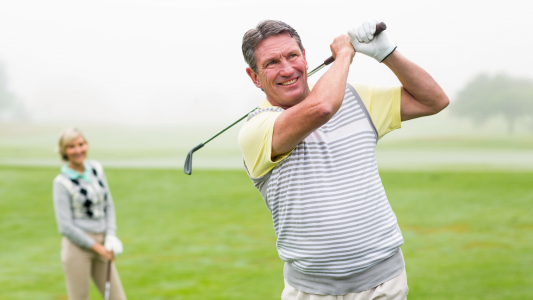
Visiting massage therapy is sometimes difficult (especially when you are tired after a long game of golf). There should be another way to relax your body and heal your muscles. Some of your friends might recommend you self-massage for a golfer’s elbow, but honestly, there is no substitute for a therapist’s hands.
Benefits Of Having A Massage For Golfers Facility In The Golf Club
It Is Convenient
It would be ideal to get a massage right in the golf club to relax and quickly flush out the pain from your body. An appropriate message on these points makes you feel as light as a feather.
Massage for golfers in the golf club is a blessing for many players as it is convenient. You don’t need to visit a massage therapist for your muscular problems specially.
It Is Time And Money-Saving
An in-club massage for golfers is time-saving and economical, too. You don’t need to travel long distances to reach a therapy center. Get free from the game and sit comfortably in the chair where your therapist will deliver quick, effective presses to the sore, achy muscles.
You can save commuting charges too.
.
Gives Business To The Golf Club Owners
In today’s advertising world, expanding your business is challenging and accessible. Advertising is more accessible thanks to fast media platforms, but getting organic customers is difficult because of increased competition.
In such a scenario, the added massage facility for golfers will surely boost clients. Players worried about physical fitness shall be lured into the two-in-one golf course facility. Thus, owners can expect to see more players than usual with a massage chair in the golf club.
Proof Of Massage For Golfers’ Efficacy
Massage therapists can improve your condition, even at work or play. Massages at the workplace are very good at providing relief to workers. Similarly, sports massages for golfers can prove to be a great idea.
Whatever the cause, muscular discomforts faced by workers and professional players are the same. The degree of pain may vary.
A study shows that massage twice weekly for one month can significantly reduce musculoskeletal pain and discomfort.
Rest
Another important step after suffering from a sports injury (golf injury) is to rest. This may be the hardest treatment option for enthusiastic players, but it is a proven fact that lack of rest and overuse of muscles further aggravate the issue.
In an acute injury, you should abandon the game until pain subsides and normal muscle strength is regained.
Hot/Cold Therapy
Applying ice to acutely injured and inflamed areas will help reduce inflammation/pain. Players are frequently sprayed with cold topical analgesics to reduce pain and inflammation.
On the other hand, heat application can reduce tension from sore muscles and improve range of motion. Hot water baths are also helpful in reducing pressure from taught and aching muscles.
Physical Therapy/Chiropractor
In severe cases, you should visit a physical therapist or a chiropractor. If your pain does not respond to massage and rest, you better see a physiotherapist.
Getting physical therapy sessions has proven to be beneficial for many. Following the exercises guided by the therapist can also help ease you out.
Medications
You can pair up chair massages with pain-killer medications. Over-the-counter analgesics like ibuprofen, diclofenac sodium, or naproxen sodium can do the job.
Muscle relaxants can also provide the added effect of soothing your muscles.
Steroids
Steroids are a last resort of treatment. When the pain doesn’t seem to respond to any of the above modalities, the doctor might recommend injectable systemic steroids.
Conclusion
Golf is a technique-specific game. If played with improper biomechanics and posture, it can cause problems. Like other sports, golf injuries are also expected, including neck spasms, low back pain, rotator cuff injury, golfer’s elbow, and yips (wrist tendon pain).
The best way to treat these injuries is to get a massage. Golfer massage aims at specific injury-prone areas of the players. If this kind of sports massage is provided in the golf club, many players can be saved from serious injuries. Massage can also enable sportsmen to regain flexibility and fitness.
